When traditional flood defences are no longer enough: wetlands and flood prevention
Scientists predict that one of the impacts of our climate emergency will be heavier rainfall and greater frequency and strength of storms. Find out how we can use wetlands to help reduce flooding in a sustainable and cost-effective way.
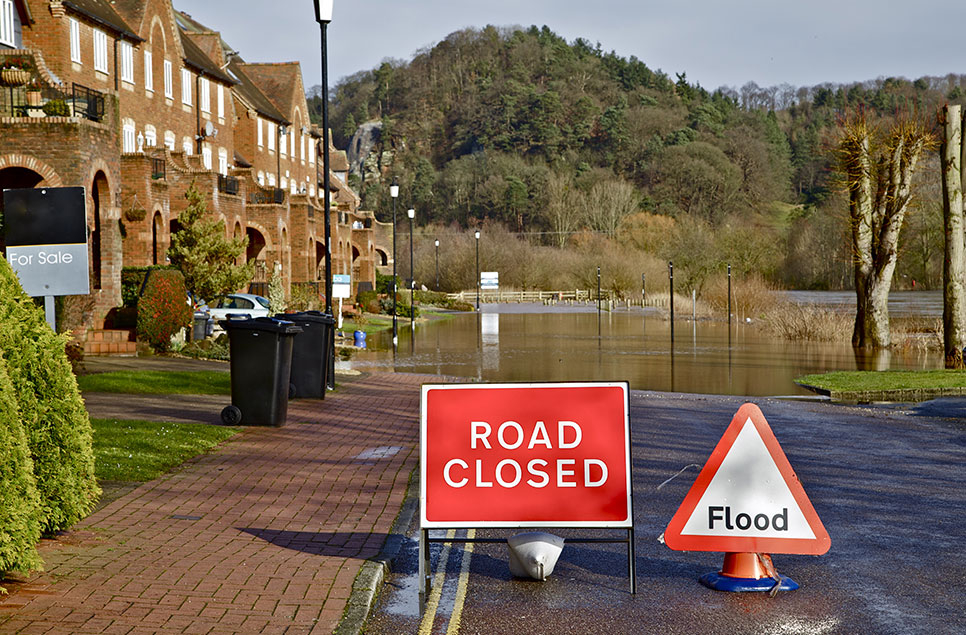
The nature and climate emergencies pose massive, existential risks across the globe, with flood risk now one of the UK’s top climate change risks. We only have to think back to last winter’s news events to see the devastating effect it can have here.
Last year saw a massive surge in public support for urgent action to tackle these challenges. Now, as we start to plan our way out of the pandemic, these cries haven’t gone away. Building a more environmentally sustainable future remains vital to a new economic model - and wetlands have a clear role to play for a few reasons.
The threat from flooding
Scientists predict that one of the impacts of our climate emergency will be heavier rainfall and greater frequency and strength of storms. Figures show that England had its fifth wettest autumn on record in 2019. Evidence from the Met Office shows the number of winter storms has increased in the north Atlantic and that they are getting stronger. Heavy rainfall events are also becoming more frequent; warmer air carries more moisture, which means rain is falling in heavier showers.
The cost of flooding
A report by the Environment Agency (EA) has estimated that the total economic damage to England from the winter floods of 2015 to 2016 was estimated at between £1.3 billion and £1.9 billion with business properties suffering the greatest proportion of flood damages. 32% of total damages occurred in this sector with £513 million incurred by 4,944 properties.
The financial impact of the flooding caused by storms and increased rainfall is huge.
The costs of Storm Ciara and Storm Dennis that battered the UK in early 2020 are still being calculated; across the country, hundreds of businesses were badly damaged. Early estimates suggest the cost to the insurance industry of both storms could hit £425 million. By the 2050s the annual average losses from coastal and river flooding in England and Wales could rise to between £1.6 and £6.8 billion.
How can wetlands help?
Physical flood barriers like concrete walls and dams have an important part to play in protecting homes and business from flooding. However Natural Flood Management (NFM), which uses natural features like ponds, wet woodland and wetlands to hold excess floodwater upstream and slow the flow of water downstream, is being seen as an increasingly important, cost-effective and sustainable way to reduce flood risk.
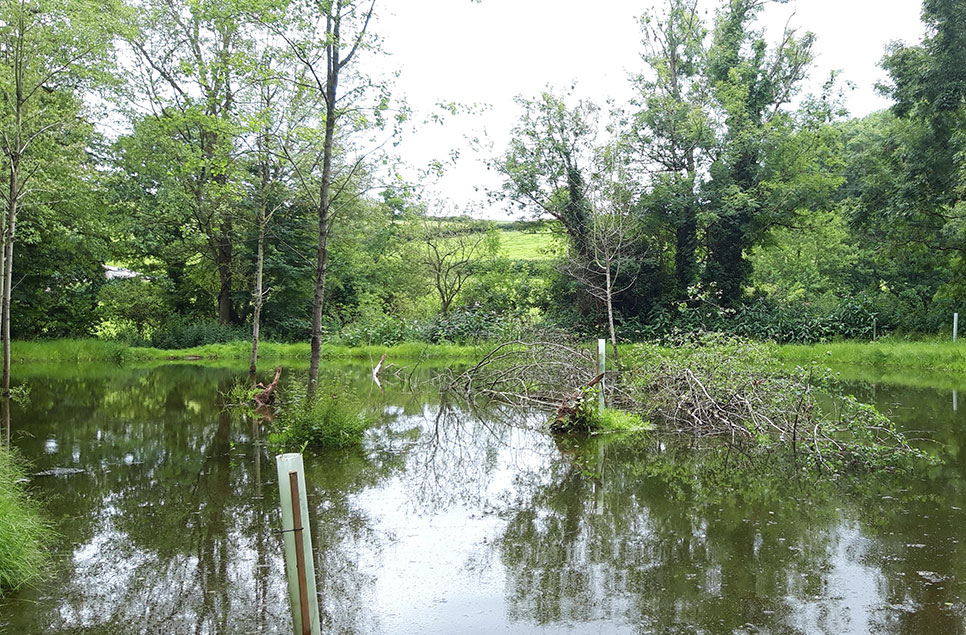
Storms Ciara and Dennis – and communities that have suffered repeated flooding events in recent years – has highlighted to me the importance of making nature’s power part of the solutions we urgently need to tackle the challenge of flooding.
Environment Secretary George Eustice, February 2020
NFM works best when a ‘catchment-based approach’ is taken, where a plan is developed to manage the flow of water along the whole area of a river catchment from its source to sea. Natural processes can be used upstream to complement engineered flood defences, such as walls and weirs, as WWT’s Head of Conservation Evidence, Geoff Hilton explains:
"We can’t magically make less water fall on the land, but we can make the land more able to cope with the quantities. We need to decide, as a society, where to hold water up and where to let it go. The sensible thing to do is to hold it up in the uplands where there is little population and we have miles of peat bogs which act like giant sponges."
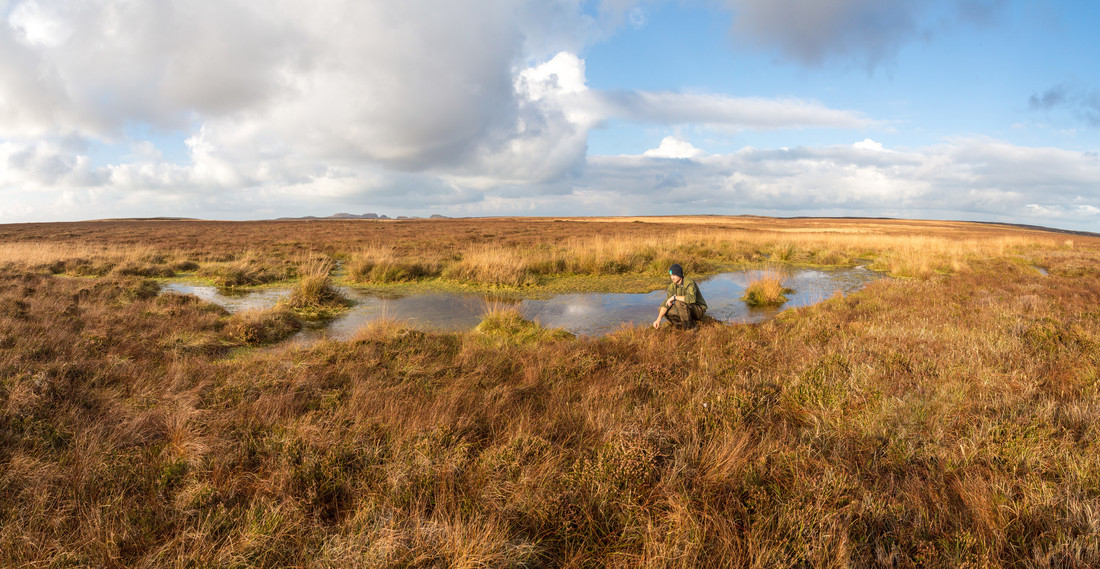
WWT is working with local communities, farmers and businesses in places like North Somerset, using wetlands as part of a NFM scheme to hold back water upstream so reducing run-off and the associated risk of flooding in lower-lying villages.
The Environment Agency are at the forefront of promoting this natural solution and the evidence that underpins it, and have allocated £15 million for large scale pilot projects, like WWT’s project in North Somerset.
While hard defences will continue to play a vital role in helping to keep people and places safe, even more important for reducing flood risk in future is managing the flow of water through the environment. And the best way to do that is through natural methods …creating wetland habitats that hold water and enhance biodiversity.
Environment Agency (EA)Chair Sir James Bevan
But what about flooding on the coast?
Climate change is real, with storm surges and rising sea levels already putting pressure on the UK’s unique coastal landscape. Low-lying land is increasingly under threat from tidal flooding and stormy weather. It’s also where thousands of homes and businesses lie, because humans have chosen to settle there to benefit from the trading links offered by rivers and estuaries and the fertility of the soil. Coastal flooding is a huge challenge but one where wetlands can, in many cases, provide the answer.
At WWT Steart Marshes in Somerset, hundreds of hectares of saltmarsh and freshwater wetlands have been created in partnership with the EA. Steart Marshes is a major part of the Severn Estuary's flood management, which safeguards 100,000 homes and businesses worth £5 billion in places like Cardiff, Newport, Berkeley, Avonmouth, Portishead, Clevedon and Burnham. At the same time, these wetlands provide fantastic new habitats for wildlife, offer grazing for local farmers, and will store vast amounts of ‘blue carbon’ as they develop.
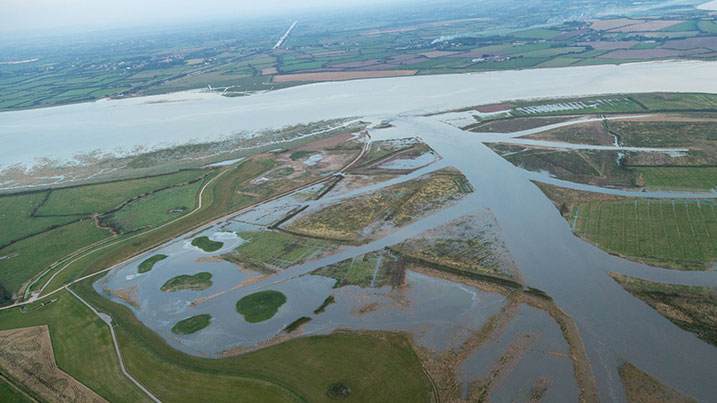
Reducing risk with the insurance industry
Flooding, both inland and coastal is a major concern that is only going to continue to grow. Yet protecting us does not have to be at the expense of our economy. As WWT Head of Conservation, James Robinson explains, wetlands can be an important and cost-effective part of the solution, helping to mitigate risks and solve problems.
"Using wetlands to reduce insurance premiums in flood-prone areas is where wetlands can really impact on the bottom line. Wetland creation could pay for itself many times over in terms of the savings made. Concrete is not always the answer."
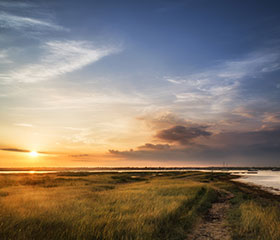
Help tackle climate change
Are you an organisation or business looking to positively impact the environment? WWT partners with companies who share our commitment to create, enhance and restore wetlands for wildlife and people.
Find out more


